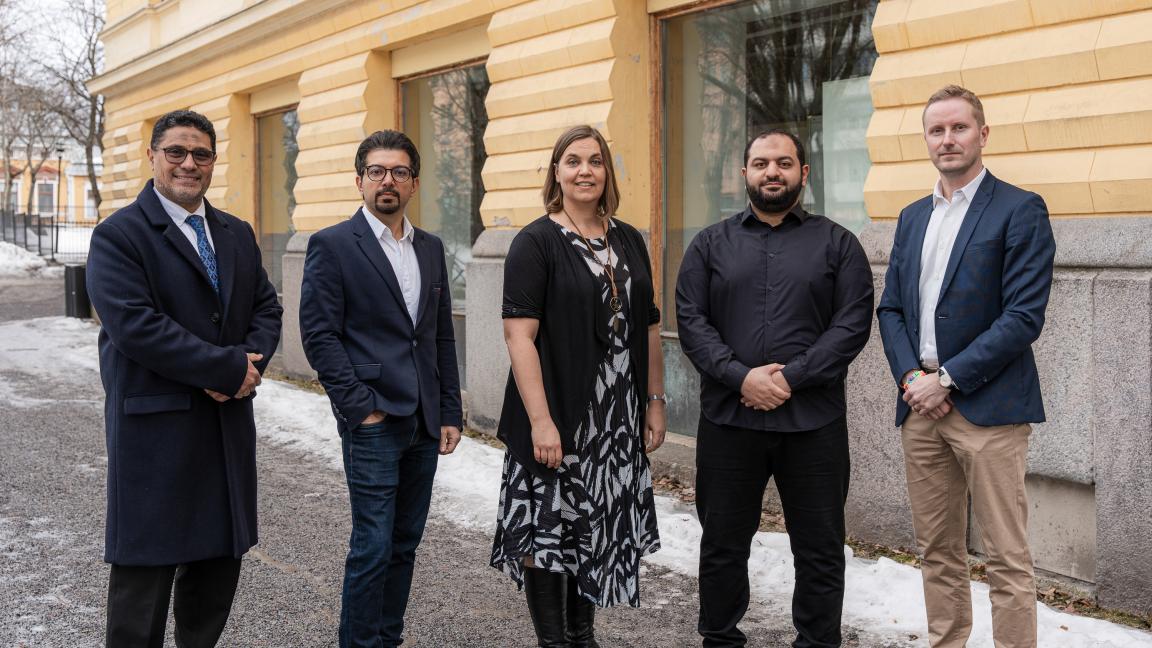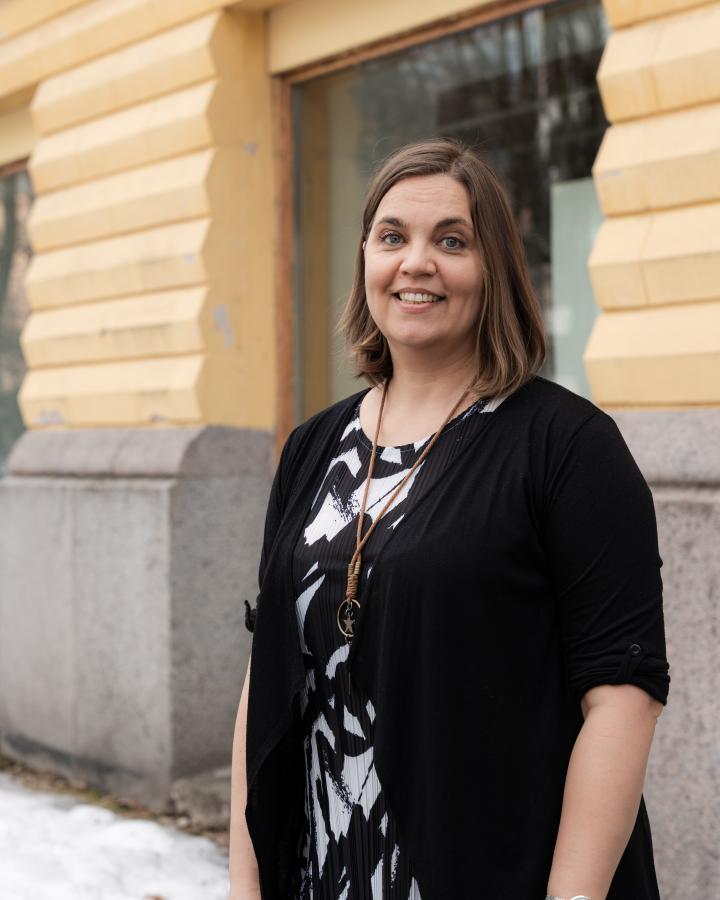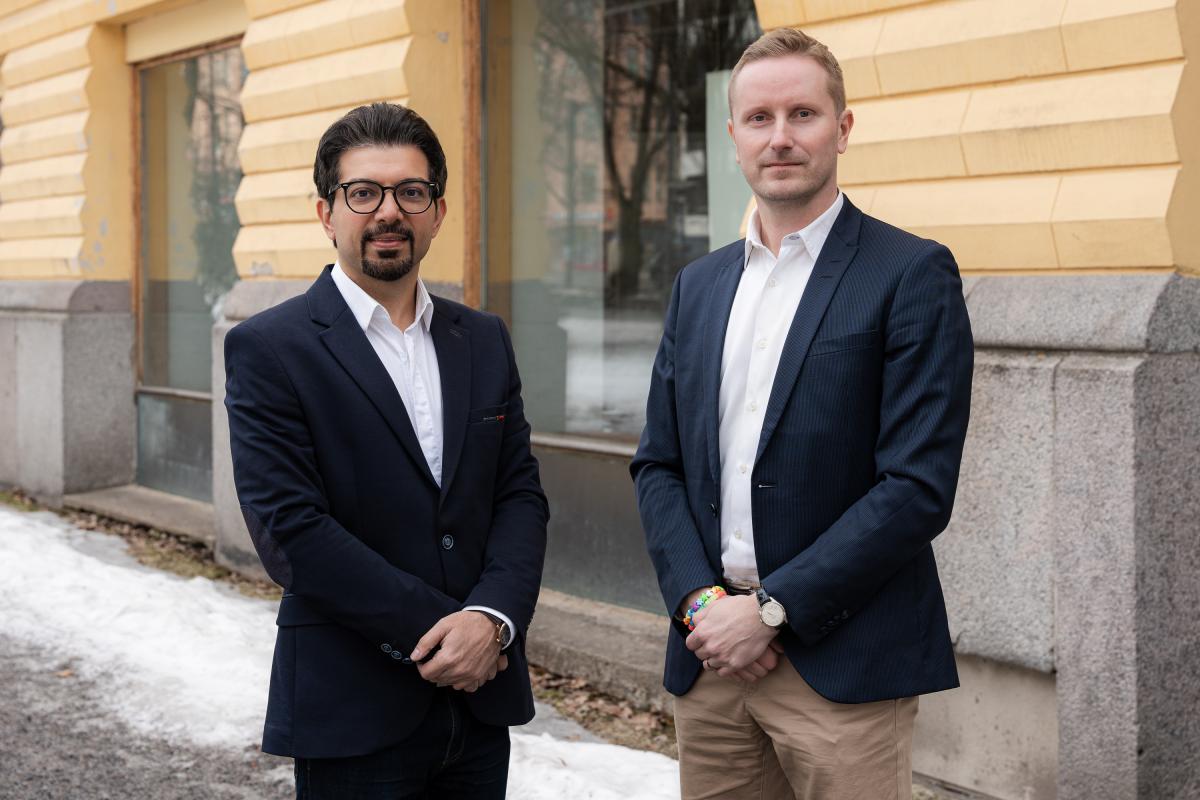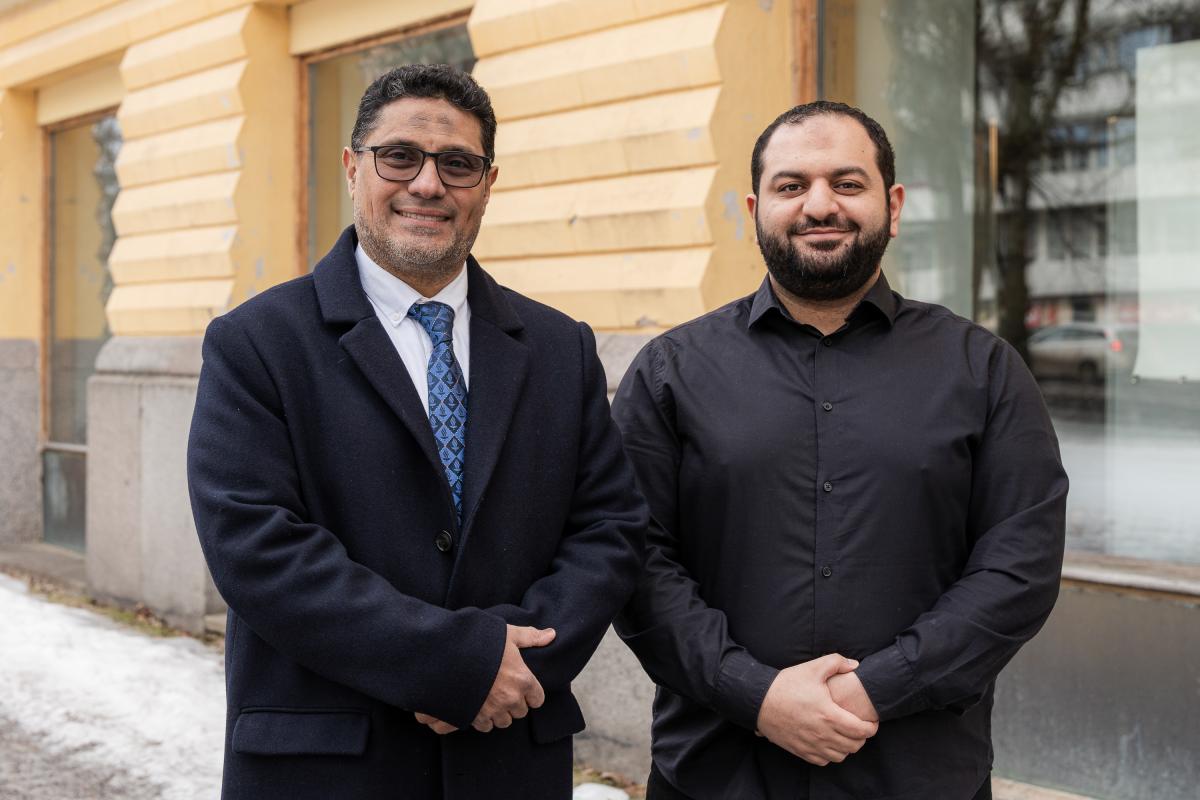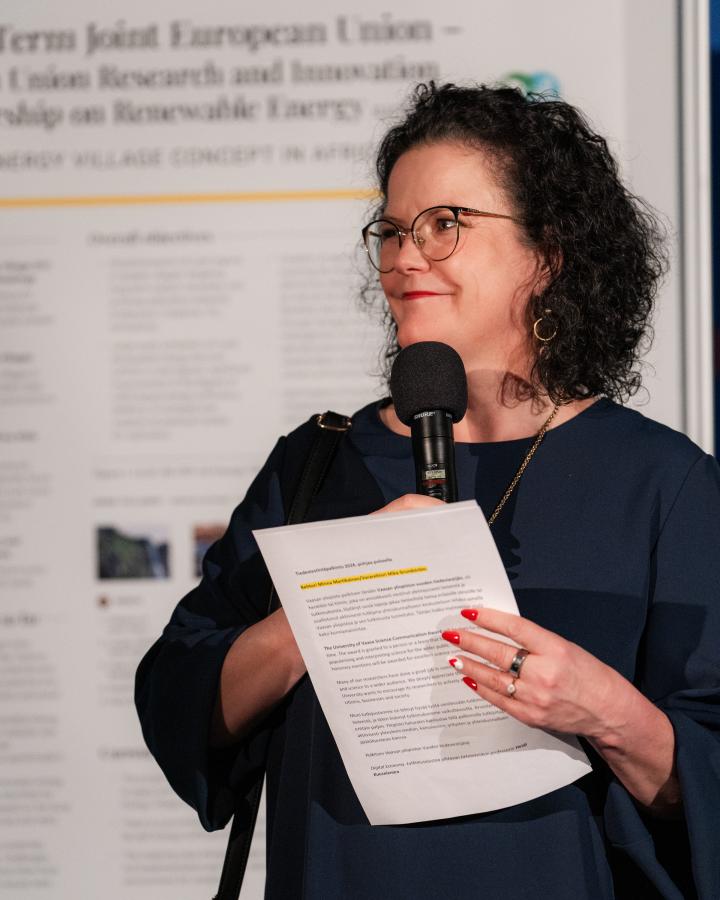The awards were presented at the Research Exhibition on Energy by Rector Minna Martikainen. The event was organised by the University of Vaasa and part of EnergyWeek.
The University of Vaasa Science Communication Award was given to Heidi Kuusniemi, Professor of Computer Science and Director of Digital Economy Research Platform, in recognition of her outstanding work in communicating science to the wider public and for her active participation in public discussion.
Kuusniemi's professorship focuses on positioning technology and positioning systems. She is best known for her projects and research on space data and satellite positioning.
According to the jury, Kuusniemi's science communication is an excellent example of how to popularise technical scientific research in an engaging way to different audiences. Kuusniemi is a versatile science communicator who has given many lectures and presentations to the wider public, appeared in the media, written columns and blogs and been a very active communicator on social media. She has also engaged children and young people in the world of satellites and space through presentations, competitions, school visits, videos, hackathons and other events.
– I am very happy to receive this award because I consider that communicating science is very important and a vital element in the dissemination of research. Publishing scientific results to the scientific community alone is not enough, but the results should also be communicated to the wider public and business partners, says Kuusniemi.
She also encourages other researchers to share their research with the wider public, thus increasing the impact of research and science.
– Science communication is an important part of all my research projects. And I am not afraid to ask others for help. Communication professionals can be a big help in popularising science and shaping the messages.
Honorary mentions for science communication to Sami Vähämaa and Miadreza Shafie-khah
Sami Vähämaa, professor of accounting and finance, and Miadreza Shafie-khah, professor of sustainable and flexible energy systems, have received honorary mentions for their excellence in science communication.
Vähämaa received a lot of national and international media attention last year for his research on the connection between the good looks of CEOs and compensation. He was interviewed on the topic in the Financial Times, among others. In addition, Vähämaa has given many presentations on his research topics to various audiences and has been active in communicating his research on social media.
According to Vähämaa, his investments in science communication have had a clear impact.
– I have received a surprising amount of comments and feedback in unexpected situations. Acquaintances and strangers from inside and outside the academic world have commented on my research or asked about it in town, in the lunch queue at restaurants, at airports and at conferences. Scientific communication is important, and I believe it will ultimately have a positive impact on the number of citations my research receives, says Vähämaa.
Professor Miadreza Shafie-khah has been an active researcher on social media channels, such as X and LinkedIn, where he has many followers. He has not only shared his own research results, but also the research and achievements of his colleagues. He has also given interesting behind-the-scenes glimpses of his life as a researcher and his research process.
According to Shafie-khah, social media has become an increasingly important for researchers. It serves a powerful tool for knowledge dissemination, networking, and collaboration.
– By actively engaging with social media platforms as a researcher, I've gained numerous benefits. Firstly, it has allowed me to connect with fellow researchers, professionals, and enthusiasts from around the world, fostering a vibrant exchange of ideas and perspectives. This networking has been invaluable for building collaborations, finding potential collaborators, and staying updated on the latest developments in my field, says Shafie-khah.
– Secondly, social media has provided me with a platform to share my research findings and insights with a broader audience beyond academia. This has helped increase the visibility and impact of my work, reaching not only fellow researchers but also policymakers, industry professionals, and the general public.
Innovation award to Mohammed Elmusrati and Mahmoud Elsanhoury
Professor Mohammed Elmusrati and project researcher Mahmoud Elsanhoury were awarded the new University of Vaasa Innovation Award. They receive the award for their efforts in promoting innovation and creating real-life impact. They have done two inventions, the first one focusing on a new localisation technology using LEO satellites, and the second on a technology called Whitooth, which is expected to outperform Bluetooth with improved features.
– I am truly honored and grateful to be recognised with my excellent doctoral researcher Mahmoud Elsanhoury. I feel motivated and inspired to continue pursuing innovative ideas and contributing to the world of research and development, says Professor Elmusrati.
According to the researchers, a patent application for LEO satellite localisation technology was filed in May last year. LEO satellites orbit the earth at an altitude of only a few hundred kilometres. The invention enables an easily deployable, fast, low-cost, energy-efficient, sustainable and scalable localisation solution for applications such as the Internet of Things.
– We are currently engaged in discussions with a promising startup to bring the concept to life. We are actively pursuing funding opportunities to support the implementation process, aiming to propel this innovative technology into real-world applications, says Elmusrati.
– As for the Whitooth concept, it is currently in a pending phase, but I am optimistic about moving it forward in the near future, he continues.
Elmusrati and Elsanhoury were awarded a trip to Europe's largest technology conference, the Web Summit, which brought together more than 70,000 participants, including industry experts, CEOs, start-ups and investors.
– The event was very well organised. We were introduced to many technological ideas through the summit, says Elsanhoury.
With this award, the university seeks to inspire and motivate researchers and university personnel to proactively participate in innovation-related activities, to give recognition to the achievements in fostering innovation and to elevate the impact of university-led innovation on both academia and society.
Innovation means creating, developing, and implementing new ideas, methods, products and services. It can take many forms, not only technological innovation, but also product, process, organisational and business model innovations.
